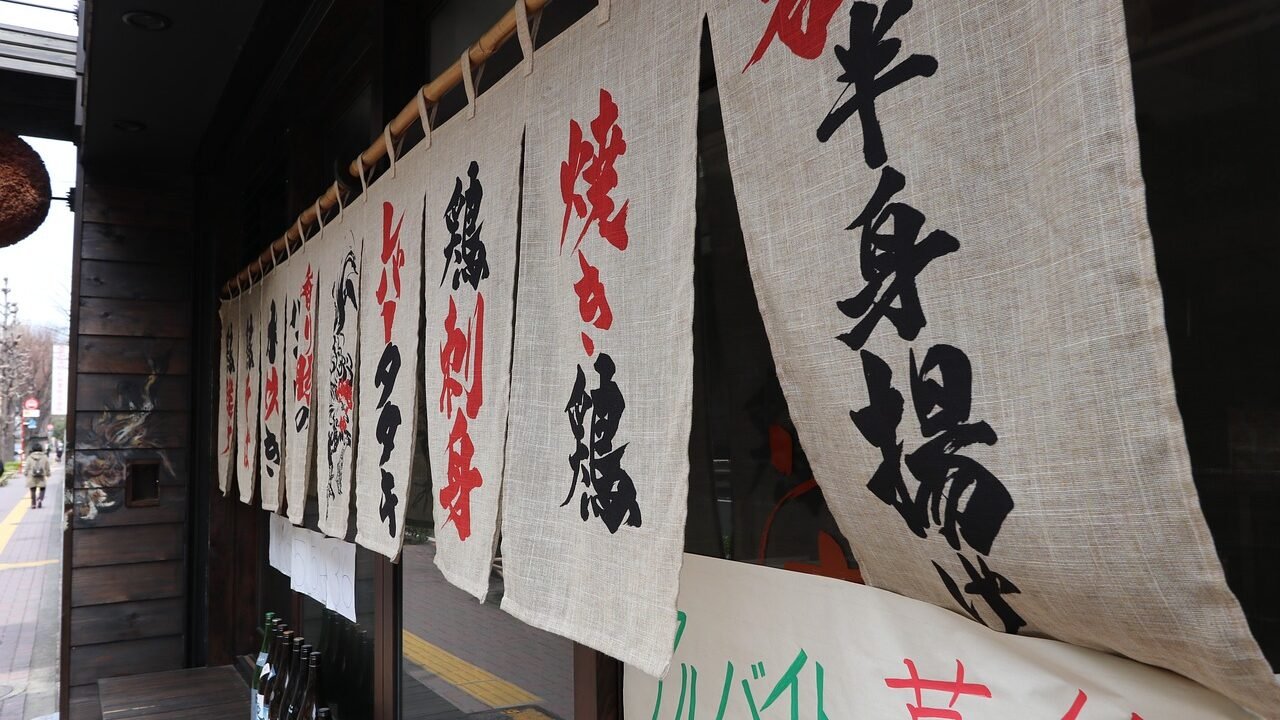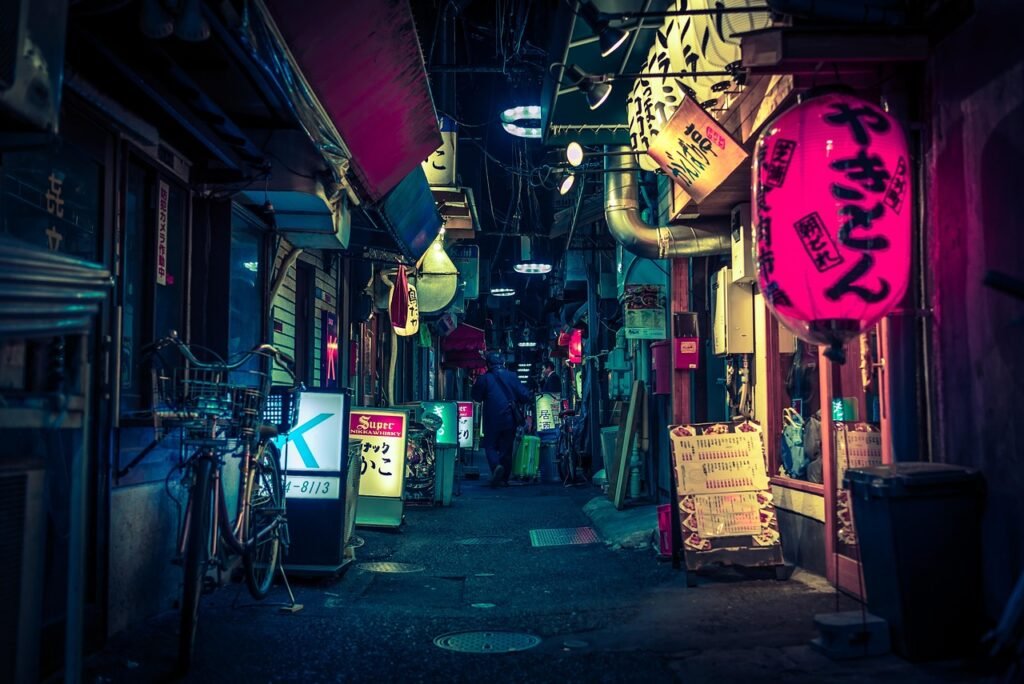Tokyo is a dream destination for food lovers. Sushi, ramen, izakayas, street snacks, wagashi (traditional sweets)—you name it. The city is full of flavor, tradition, and excitement. But many first-time visitors run into a surprising challenge:
“Wait… why doesn’t anyone speak English in Tokyo?”
Despite its high-tech image and increasing international tourism (especially after COVID), Japan is still a country where English isn’t commonly spoken—especially in local restaurants. Small, family-run shops, traditional izakayas, and neighborhood favorites often don’t offer English menus or staff who speak the language. A government study even confirmed that multilingual support is one of the top concerns among foreign visitors.
But don’t worry. In this guide, we’ll break down the typical language barrier scenarios travelers face when dining out in Tokyo—and how to overcome them with ease and confidence.

Common Situations Where Language Becomes a Problem
Here are the most common moments when travelers feel the language gap while eating out in Tokyo:
A. Finding a Restaurant
Japanese-only signs
Many restaurants don’t have English signs outside. You might walk past a great spot just because you can’t read the name or menu posted at the door.
Outdated info on Google Maps
Sometimes the restaurant has moved, closed, or changed its service style (e.g. now by reservation only), and the information online doesn’t reflect that.
B. Reading the Menu
Menus written only in Japanese
Kanji and hiragana can be intimidating. Without photos, it’s hard to know what you’re ordering.
Hard to understand what’s in the dish
You may not know if a dish contains meat, how spicy it is, or what kind of broth is used—important details if you’re vegetarian, allergic, or just picky.
Pronunciation stress
Even if you translate a dish name, saying it correctly can be tough, especially when ordering verbally.
C. Ordering & Using Machines
Communication difficulties
Staff may not understand English, and you may not know how to ask about things like payment methods or credit card acceptance.
Ticket machines with no English
Many ramen shops use vending machines (before seating!) to buy food tickets. If the machine is only in Japanese, it’s easy to feel overwhelmed or make a mistake.
D. Cultural Confusion
Small portions? What’s normal?
You might wonder if it’s okay to ask for more or if small plates are just part of the experience (they often are).
What’s that surprise side dish?
Some izakayas serve “otoshi,” a small appetizer that acts as a seating charge (usually 300–500 yen). It’s not a scam—it’s part of the culture.
Free water? No tipping? Pay where?
In Japan: water is free (self-serve), tipping is not expected, and you usually pay at the front register—not at your table.

Tips to Beat the Language Barrier Like a Local
Even if you don’t speak Japanese, don’t give up on Tokyo’s food scene! With a little prep and the right mindset, you can eat like a local.
Use Google Maps to Find English-Friendly Spots
In Japan, many people rely on Google Maps to discover restaurants. You can too! Use the review section to search keywords like “English menu” or “English-speaking staff.”
Popular tourist areas like Tokyo Station, Shinjuku, and Asakusa often have more English-ready places. And of course, our blog Tokyo Izakaya Nights regularly features restaurants that welcome English-speaking guests—check back often!
Keep Google Translate Handy
Not all places have photo menus or English translations. Be ready to use a translation app to read menus or signs.
Sometimes, even simple English might not be understood by staff. Avoid awkward mistakes by preparing your translation tools in advance—this can make ordering smooth and stress-free.
Learn a Few Easy Japanese Phrases
You don’t need to be fluent—just a few simple phrases can go a long way. Here are some useful ones that might help when ordering food or talking to staff:
Kore kudasai.(これください) – “This one, please.”
Just point to the menu or dish and say this. It’s one of the easiest ways to order without confusion!
Eigo no menyuu arimasu ka?(英語のメニューありますか?) – “Do you have an English menu?”
Ask this when you enter a restaurant. Many places in tourist areas will bring one if they have it.
Ijou desu.(以上です) – “That’s all.”
A polite way to finish your order. It tells the staff you’re done ordering, nice and clearly.
Understand the Vending Machine Process
Especially in ramen shops, food ticket machines are common. Here’s how it usually works:
- Insert cash (usually 1,000 yen bills or coins).
- Press the button for your meal (some machines have photos or color-coded buttons).
- Take the ticket.
- Hand it to the staff when seated.
- Get your own water (look around—dispensers or pitchers are usually nearby).
We’ll be posting a photo guide to ticket machines soon—stay tuned!
Know a Bit of Japanese Dining Etiquette
Otoshi (お通し)
A small appetizer served at many izakayas when you sit down. It’s a traditional seat charge and part of the experience.
Slurping is okay!
In fact, slurping noodles is encouraged—it shows you’re enjoying your meal, and helps cool the hot broth.
No tipping!
Instead, say “Gochisousama deshita” (thank you for the meal) when leaving. It’s a culturally respectful way to show your appreciation to both the staff and the food.

Where to Eat: Our Favorite English-Friendly Spots
We’ll be sharing lots of restaurant recommendations on Tokyo Izakaya Nights—especially spots that are friendly to English speakers and travelers.
Looking for a starting point? Check out this article:
🔥 Hiroshima-style Okonomiyaki at Denkosekka (Tokyo Station)
🍜 Ramen & Tsukemen at Magorinsha (Tokyo Station area)
🍷 Tempura & Wine Oshio (Marunouchi)
More coming soon!

Final Thoughts
Yes, there’s a language barrier when dining in Tokyo. But don’t let that stop you. With just a bit of preparation—and a willingness to try something new—you’ll discover a whole new world of delicious experiences.
Remember:
- Look for places with photos or English menus
- Use simple phrases or gestures to order
- Keep Google Translate ready
- Don’t be afraid to smile and enjoy yourself!
Here at Tokyo Izakaya Nights, we’ll keep sharing useful guides and restaurant picks so your Tokyo food adventure is smooth, tasty, and unforgettable.
Bon appétit—and “Itadakimasu!”
Sources
Ministry of Agriculture, Forestry and Fisheries of Japan. “Evaluations by Inbound Tourists of Restaurants in Japan.”
https://www.maff.go.jp/j/keikaku/syokubunka/attach/pdf/index-54.pdf
Tryhatch. “User Behavior Survey on Google Maps.”
https://meo.tryhatch.co.jp/meo-2/research-user-action
